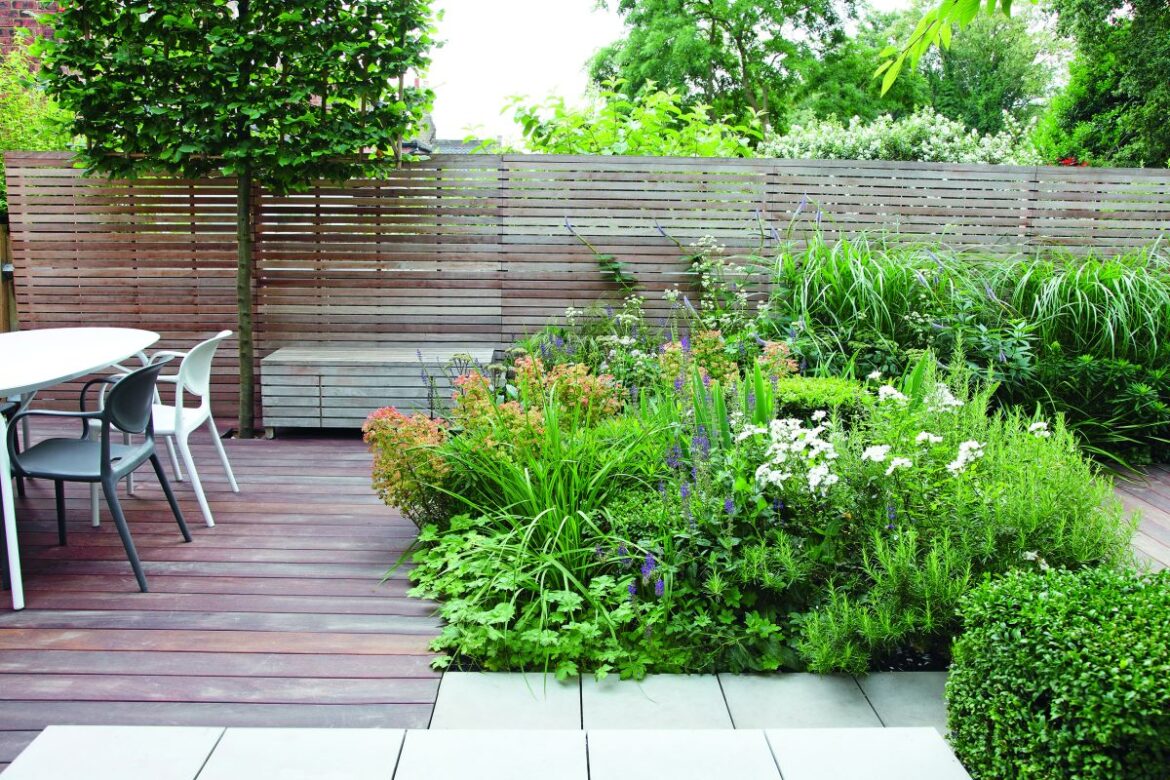If you have moved from the suburbs to the city, it can be easy to miss the greenery.
However, there is plenty of wildlife in the city, too; you just have to build the right home for it to come to!
Creating an urban wildlife garden can be a rewarding and enriching experience for both you and the local wildlife. With the decline of natural habitats due to urbanisation, gardens can provide essential resources for birds, insects, and other animals in the city. Great stuff!
So, here are five top tips for making an urban wildlife garden.
Choose the Right Plants
The first step in creating an urban wildlife garden is to choose the right plants. Native plants are the best choice as they are adapted to the local environment and support local wildlife. Flowers, shrubs, and trees that provide nectar, pollen, and berries are particularly beneficial for birds, bees, and butterflies. Additionally, plants with dense foliage and those that provide shelter are important for wildlife to feel secure in the garden.
Also, provide a variety of different plants; if you are keen to know how to make your small garden seem bigger while also attracting wildlife, aim to plant climbing plants like jasmine and honeysuckle. They are both great pollinators that can grow up a trellis or even a drain pipe and will smell striking too.
Provide Food and Water
Providing food and water is essential to attract wildlife to your garden. Installing a bird feeder or a bird bath can attract a variety of bird species. You can also provide nesting boxes for birds and small mammals to use. Additionally, planting a variety of flowers and shrubs that bloom in different seasons can offer a reliable food source for insects and other wildlife.
As before, to save on space, plant shrubs, bushes, and climbing plants in different layouts, as this will provide a veritable buffet for your local bees, moths, and butterflies.
Create a Habitat for Wildlife
Creating a habitat for wildlife involves creating a diverse range of microhabitats that can support different types of wildlife. For example, installing a pond or a water feature can attract frogs, toads, and other aquatic creatures. Building a bug hotel or a compost heap can provide a habitat for insects, while a log pile can provide shelter for hedgehogs and other small mammals. Additionally, leaving some areas of the garden wild and allowing plants to grow naturally can provide a habitat for ground-dwelling insects and mammals.
Also, don’t fuss about the area too much! Try to refrain from sweeping the yard bare every day.
Avoid Pesticides and Herbicides
Using pesticides and herbicides in your garden can be harmful to wildlife. These chemicals can kill beneficial insects and disrupt the food chain. Instead, consider using natural methods to control pests and weeds. For example, introducing natural predators like ladybirds can help control aphids, while pulling weeds by hand can be an effective way to remove unwanted plants.
Be Patient and Observe
Creating an urban wildlife garden is a long-term project that requires patience and observation. It can take time for wildlife to discover and use your garden, so don’t be discouraged if you don’t see immediate results. Spend time in your garden and observe the wildlife that visits. This can help you to identify the areas of the garden or yard that need improvement and make adjustments accordingly.



